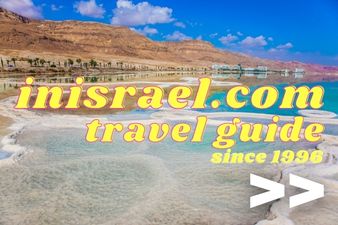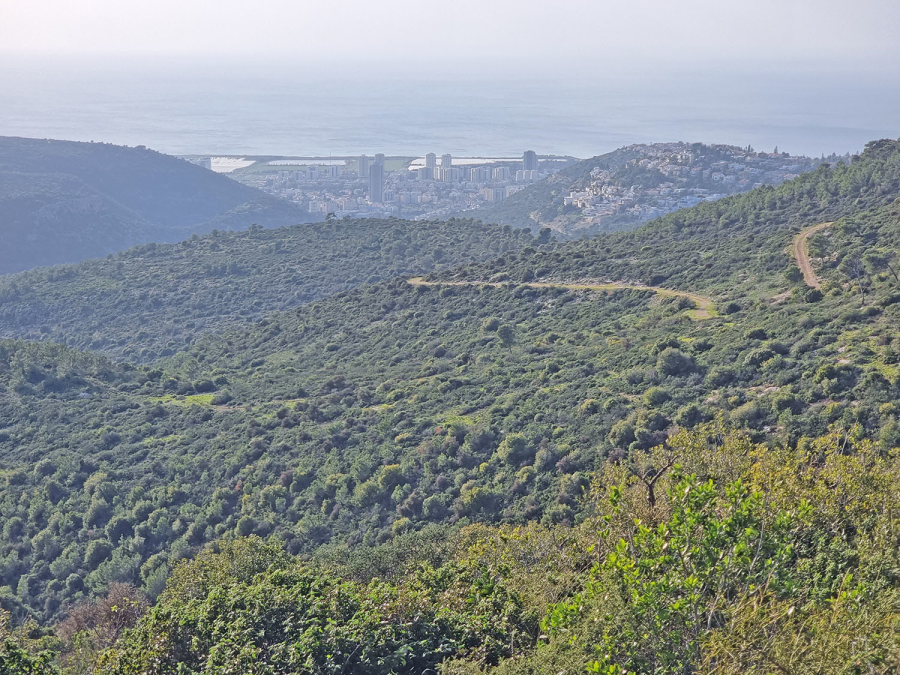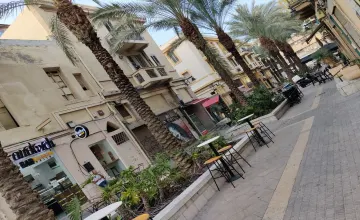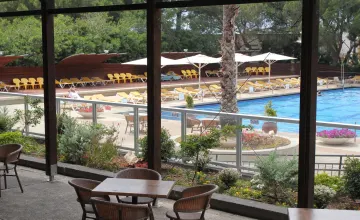Chai Bar Carmel nature reserve – a short a excursion route in the Carmel nature
Haifa travel guideCarmel is no different from other regions of the country in this respect, as large mammals and birds had been living there for thousands of years before wild hunting ended in the 19th century. All of these animals have become extinct and gone from the landscape of Carmel, including the tiger, the wolf, the bear, the Carmel deer, the wild boar, and the eagle. In Hai-Bar Carmel, endangered and extinct animals are raised and returned to the wild if they are in danger of extinction.
Get to know Iranian wild sheep, Cretan wild goat, Persian wild boar, and Carmel deer, as well as reproduction seeds of other birds of prey and eagles. Several mammals have been released into the wild, including the Persian donkey and the Carmel deer – so you should know that the reproductive nuclei have developed well. Take advantage of your trip with added value!
The route is described below
After the film, we will walk towards the observation deck to see how the animals have returned to nature since they were in the wild. We begin our visit at the visitor center, where you can see a film about the wildlife in the wild and the stages of their return to nature.
Views from the observation deck
You can clearly see the University of Haifa, Kibbutz Beit Oren, Dania and the Carmel Castle from the balcony. It overlooks the west of the Carmel. Two large fires ravaged the green slopes of the mountain in 1989 and 2010. The animals were released into the wild after the second fire, which saved their lives. However, the fire killed reptiles and other small animals. More than five million trees were burned in this fire, and 44 people were killed.
To get to the park’s animal pens, walk along an accessible path:
An Iranian paddock for donkeys
It has been discovered in archaeological excavations in Israel that donkey bones and horns have been found since prehistoric times. Due to the extinct nature of the species of donkey that used to live in Israel, a related species has been brought in to replace the extinct species – the Persian donkey. The Persian donkey is also nearly extinct. As a result of the Islamic coup in Iran in 1978, the last mahouts were brought to Israel as part of a special operation by El Al. The Persian Shah’s hunting reserve and several zoos around the world were home to a few individuals of this animal in those days.
Several hundred donkeys have been bred by them and their descendants since then. In 1996, donkeys were released into the wild in Nahal Kaziv, in the Upper Galilee, and in 2005, in Nahal Sorek, in the Judean Mountains, after they had formed a large enough breeding nucleus to release them into the wild. In the Mediterranean ecosystem, donkeys play an important role. Due to their tendency to eat leaves, they are able to prevent forest fires from spreading.Several hundred donkeys have been bred by them and their descendants since then.








